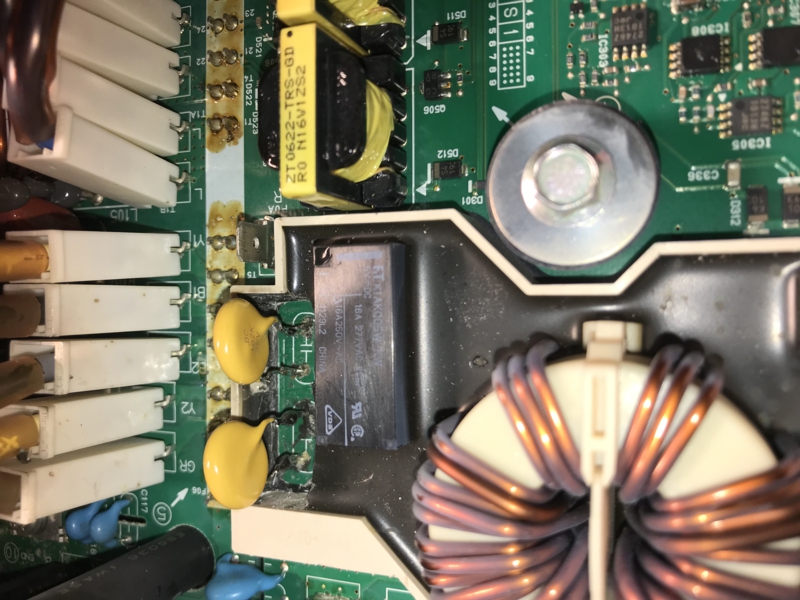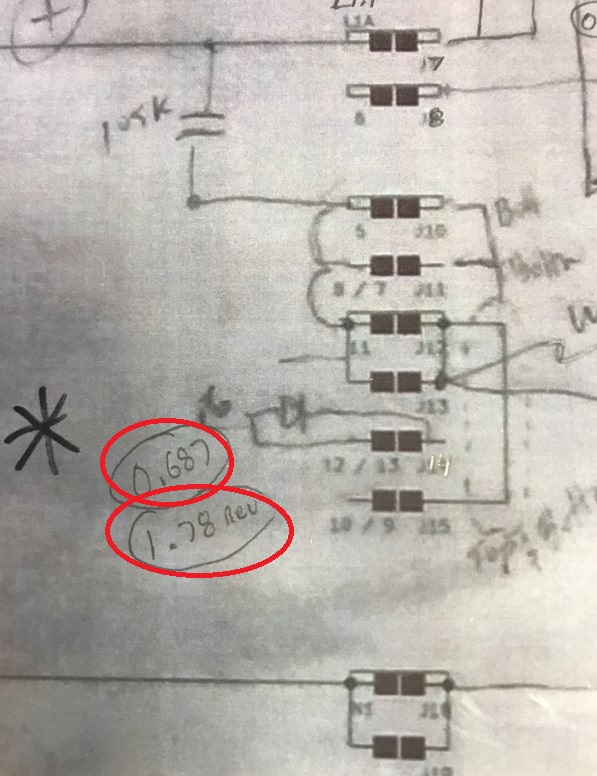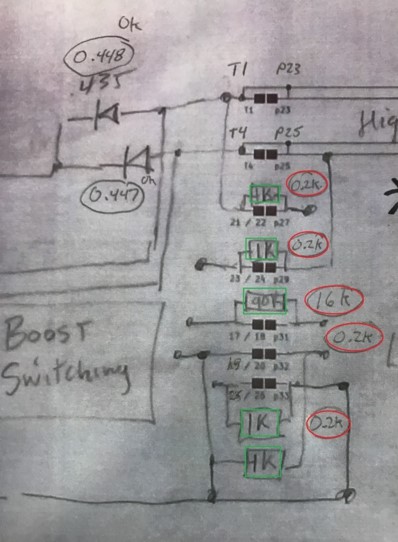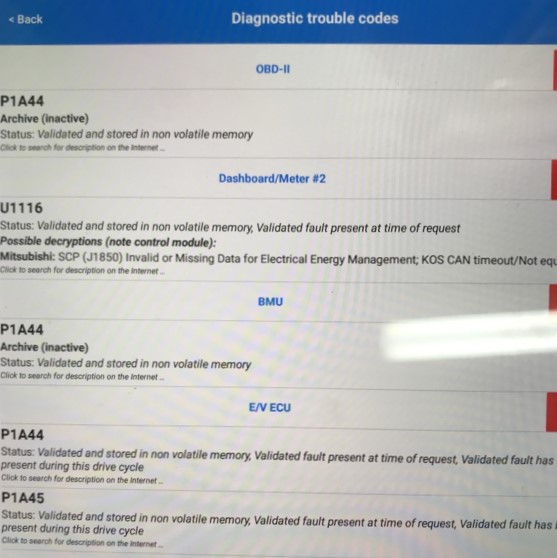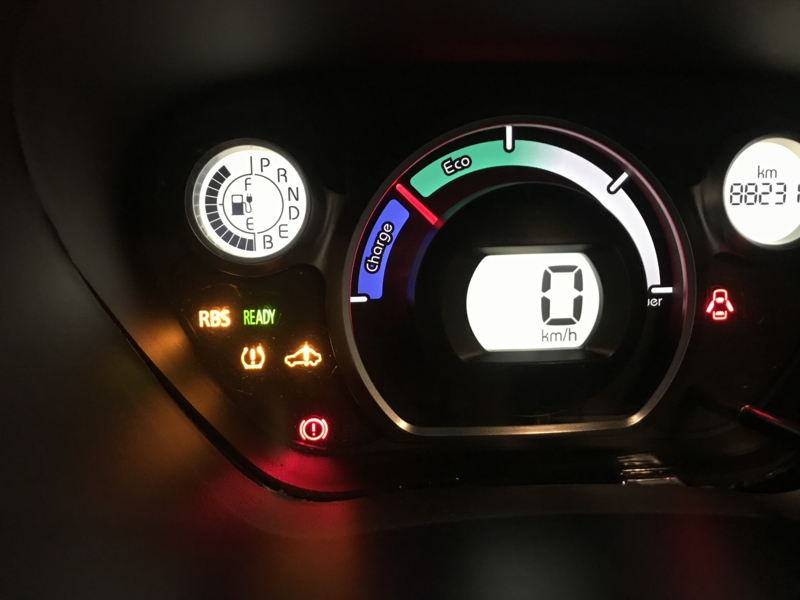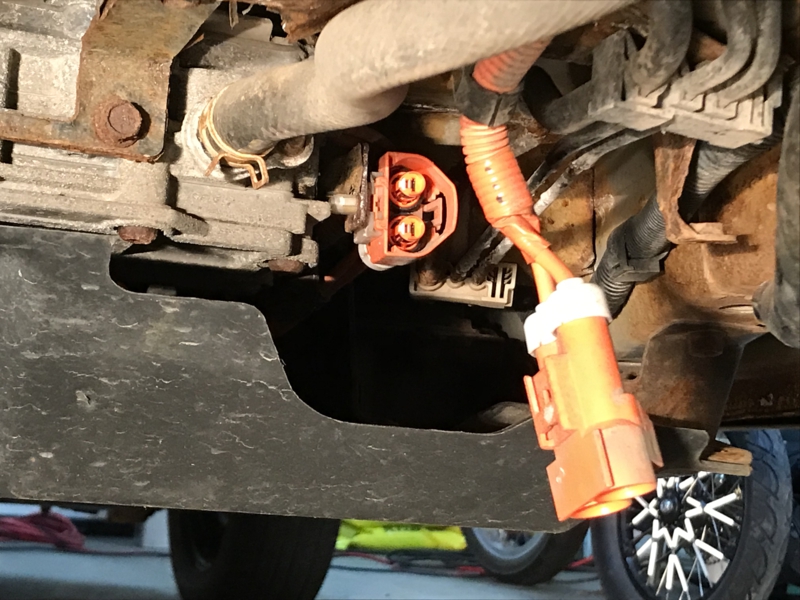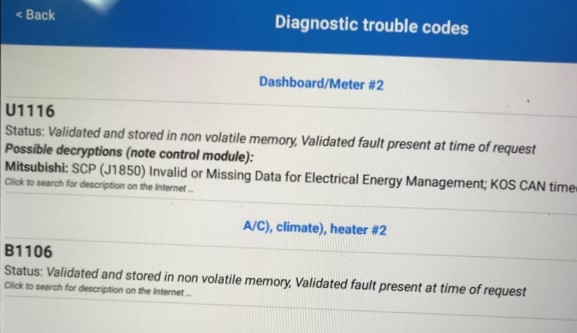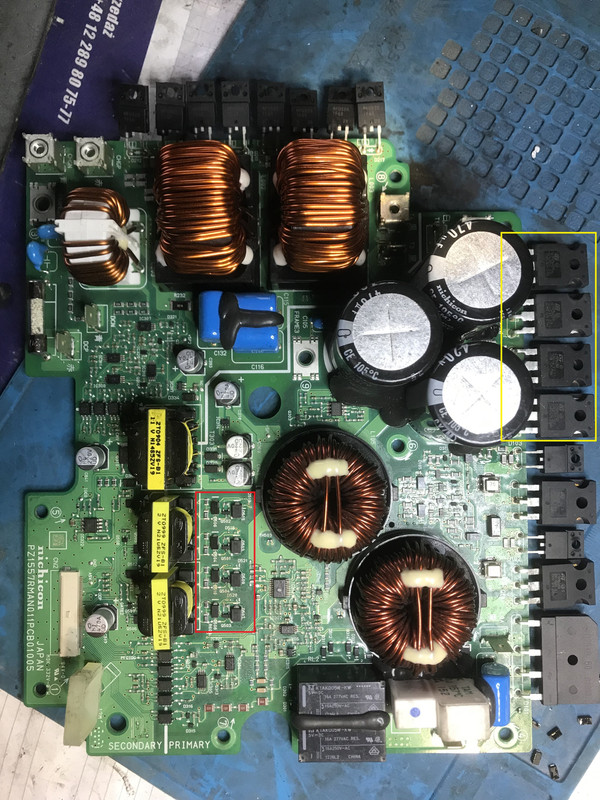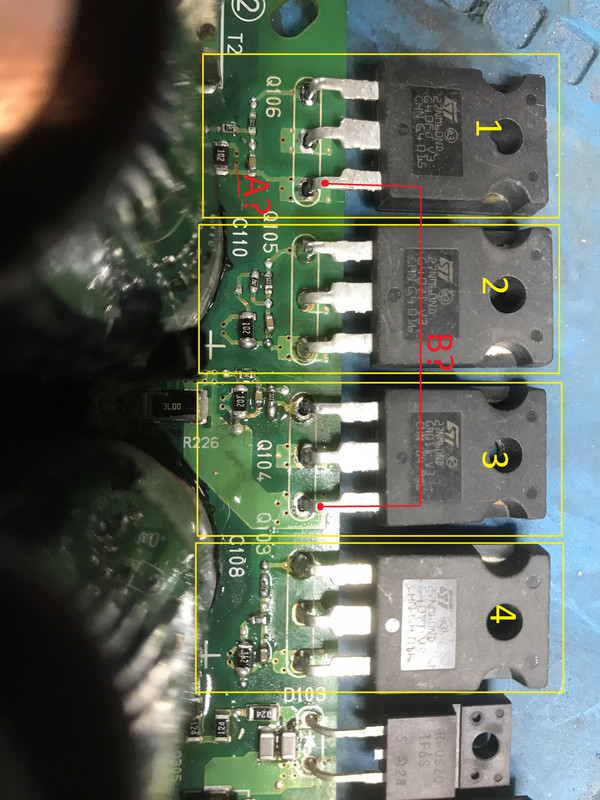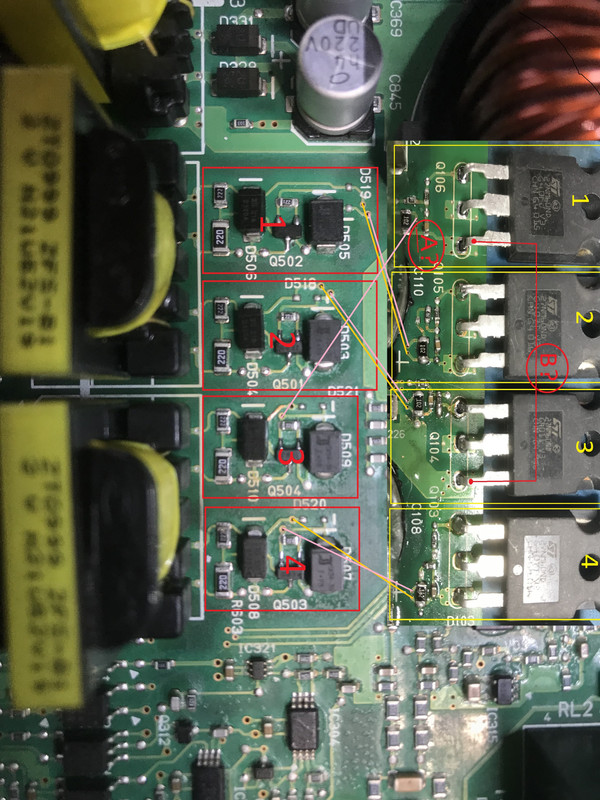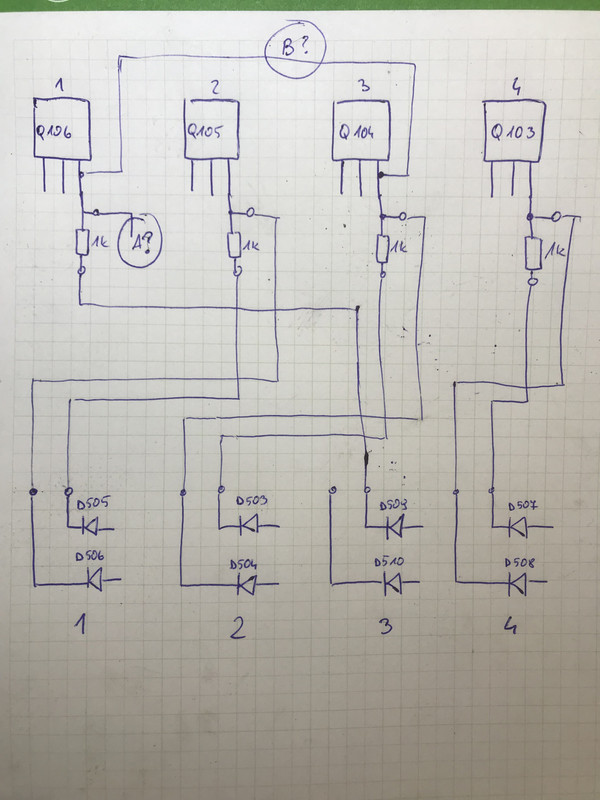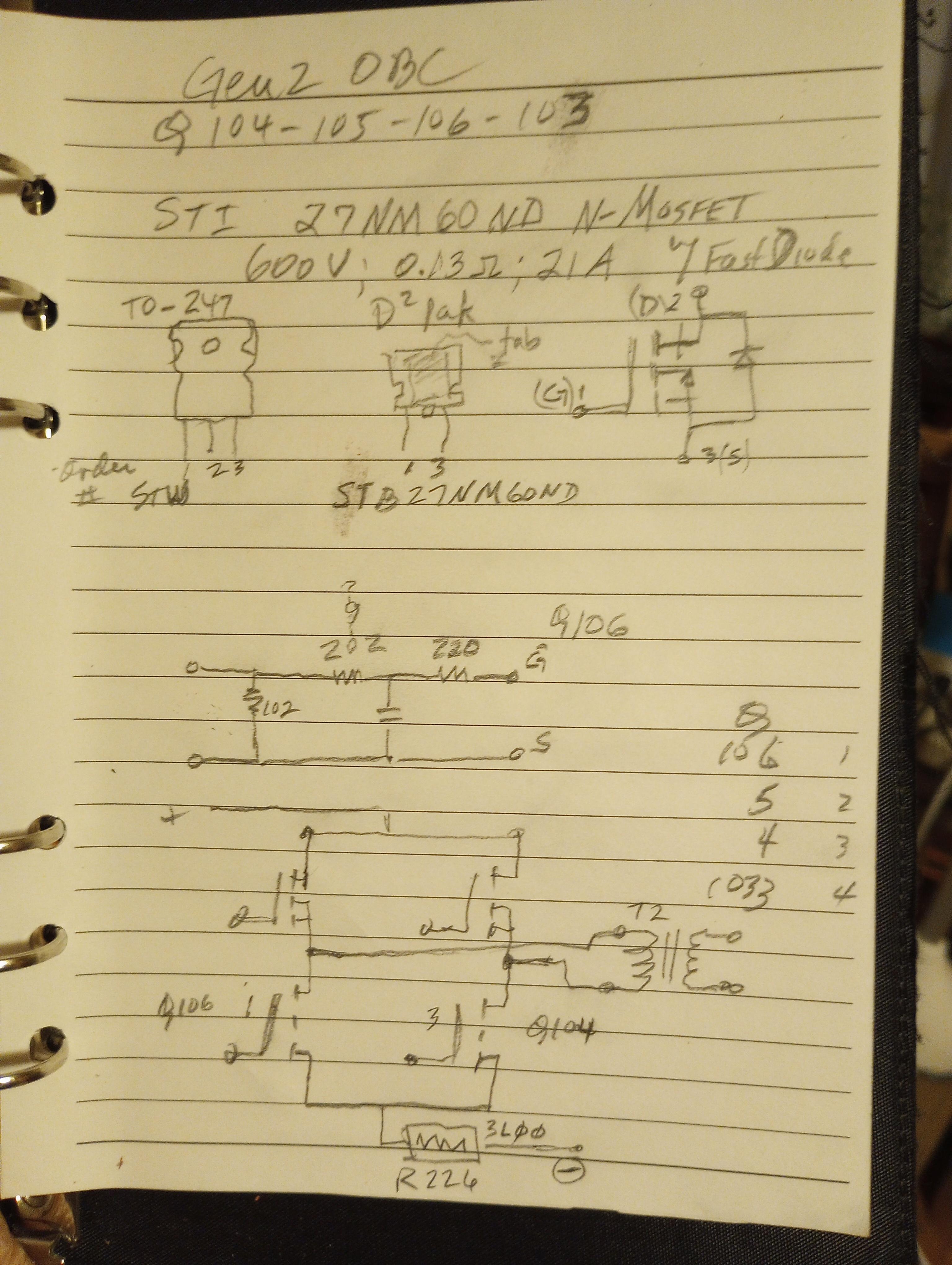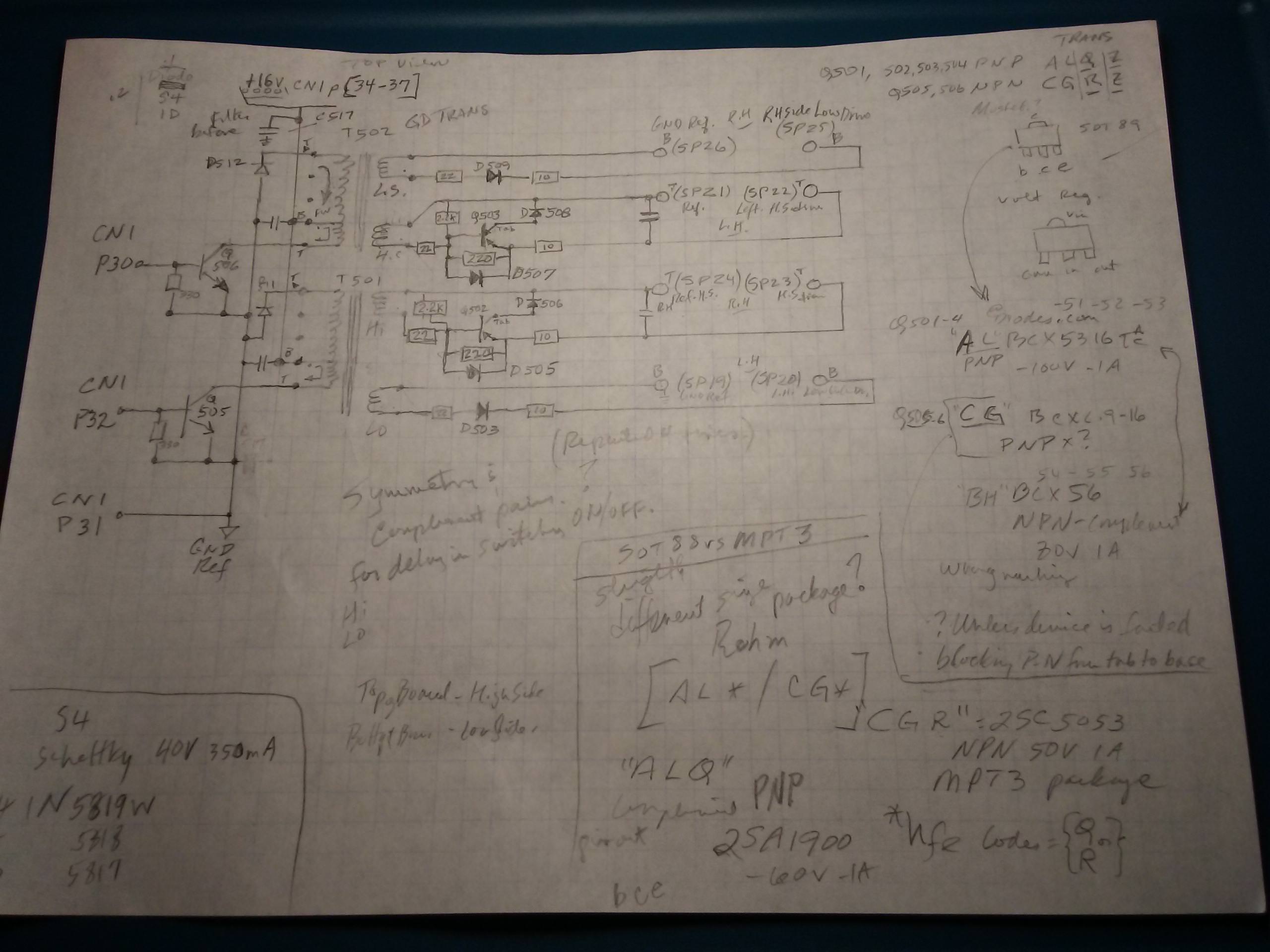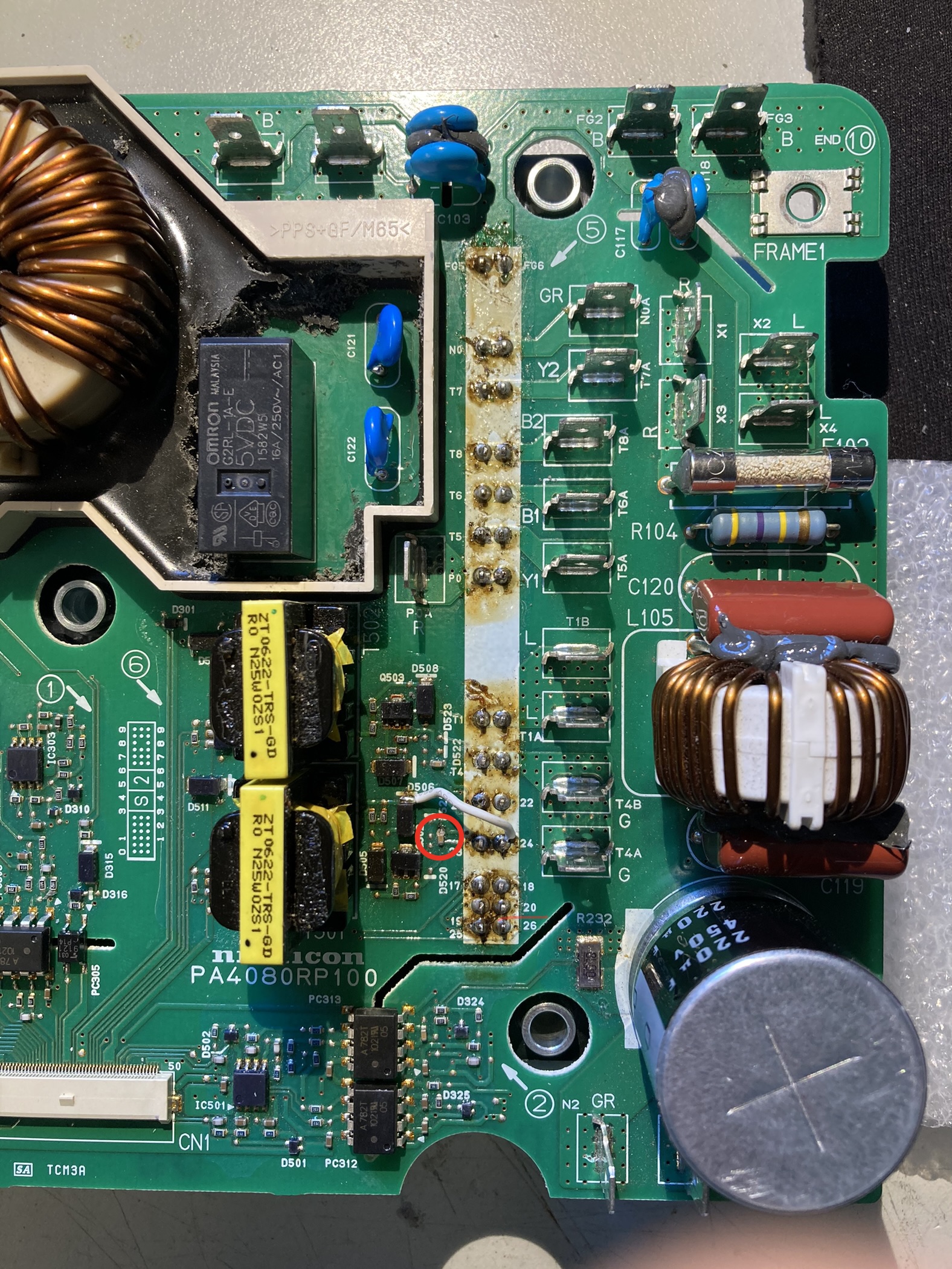Howdy Adam,
Might as well swap both, there is a chance and a risk that the other one is also damaged internally,
Check the waffle plate diode drops to make sure that it is not damaged first; if it is then that's a bigger issue.
Check the bottom of the upper control board for metal splatter and possible shorts.
Clean as much of the smoky residue from other components, looks like your cap really sprayed everything.
Hopefully only the caps are affected.
Might as well swap both, there is a chance and a risk that the other one is also damaged internally,
Check the waffle plate diode drops to make sure that it is not damaged first; if it is then that's a bigger issue.
Check the bottom of the upper control board for metal splatter and possible shorts.
Clean as much of the smoky residue from other components, looks like your cap really sprayed everything.
Hopefully only the caps are affected.




